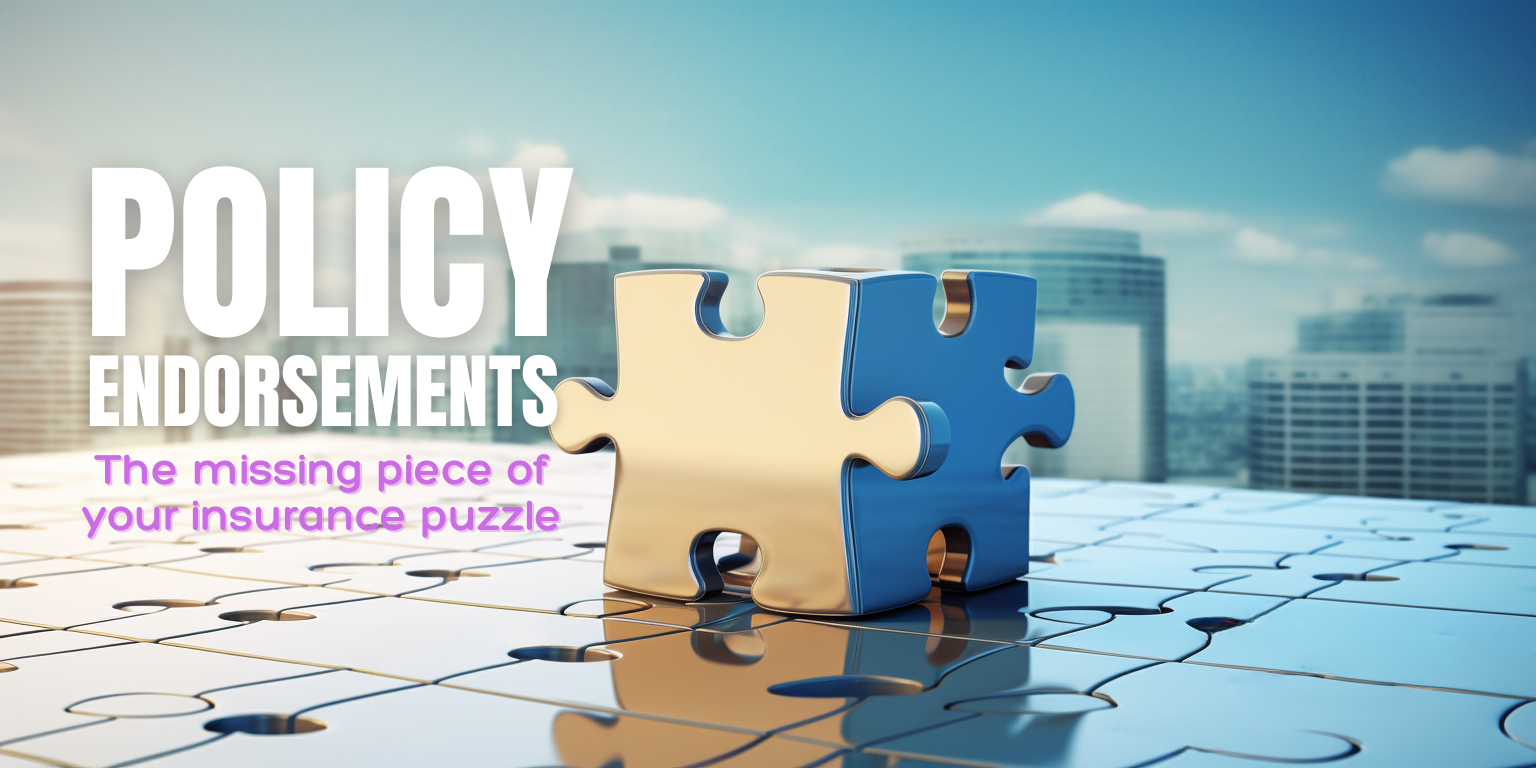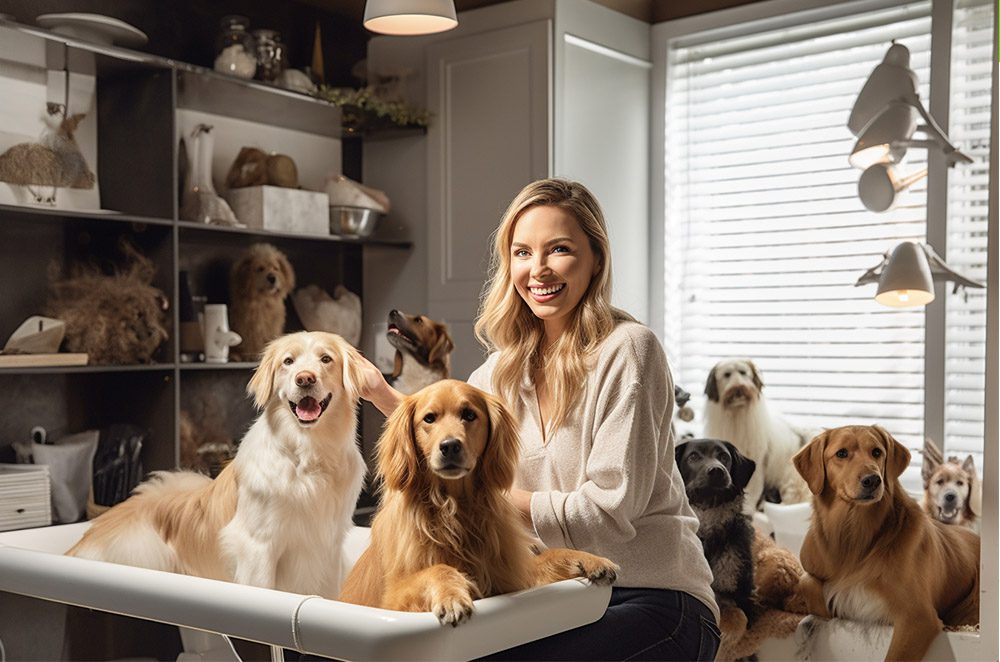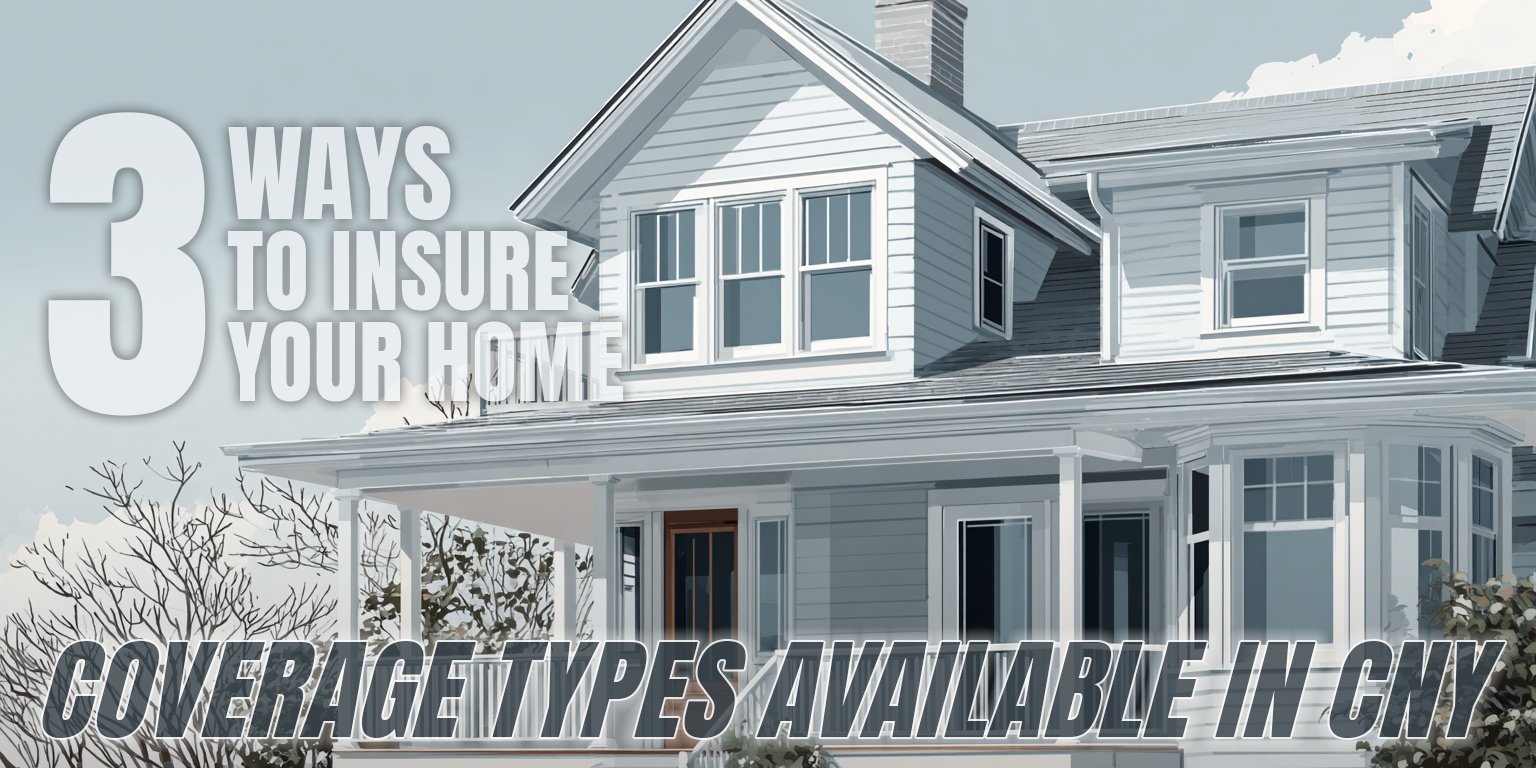What are Policy Endorsements and Riders and How Do They Work?
January 26th, 2024
5 min read

You're a Central New Yorker who wants to understand your insurance policy better. You bought coverage for your home, car, or business, but you're not sure if it addresses all your situations. Standard policies have fixed coverage and limits, but your circumstances may require something different.
You're not alone. Many people feel uncertain about insurance terms and options. They wonder what policy endorsements and riders are, how they work, and whether their current coverage fits their situation. They want to make informed decisions about their insurance without feeling overwhelmed by technical language.
That's where we come in. We're Horan, an experienced insurance agency in Baldwinsville. Since 2009, we've been working with Central New Yorkers to explore endorsement and rider options that may fit their insurance situations.
In this article, we'll explain what policy endorsements and riders are and how they work. We'll give you examples of common endorsements and riders for different types of policies. We'll show you how to evaluate carriers and policies before you buy. And we'll help you understand the costs and considerations of policy endorsements and riders.
Understanding Policy Endorsements and Riders
Policy endorsements are changes or additions to the primary policy. You buy a standard policy that covers you for certain things. It has a fixed amount of coverage and limits. You get nothing more and nothing less.
If you want to change or add something to your policy, you may need an endorsement. An endorsement is also called a rider. Everyday insurance shoppers may not know what an endorsement means, so we use the word rider in our content. It’s more relatable. But we also use them interchangeably, so people can learn both terms.
Endorsements and Riders Do the Same Thing: Change the Policy
Endorsements and riders do the same thing. They change the policy in some way. They can add or remove coverage, or modify the terms and conditions.
For example, these are all endorsements or riders you can add to your policy:
- Ordinance or Law: covers the cost of complying with new building codes after a loss.
- Underground Service Line: covers the cost of repairing or replacing damaged utility lines running into your home or property. This may include the costs for excavation and repair of underground piping and wiring.
- Rental Car Reimbursement: pays for a rental car while your car is being repaired after a covered claim.
- Roadside Assistance: covers the expenses of towing and labor if your car has a problem on the road.
Endorsements can also remove coverage. This is less common, but it can happen. For example, we have talked about Sterling Insurance removing other structures from a policy. That is an endorsement that takes away coverage for buildings that are not attached to your home.
Endorsements can go both ways. They can increase or decrease your coverage, depending on your situation and preferences.
 Policy Endorsements Allow You to Adjust Coverage for Your Situation
Policy Endorsements Allow You to Adjust Coverage for Your Situation
Endorsements let you adjust your coverage to your specific circumstance. You can add or remove things that aren’t in the standard policy.
For example, you can add scheduled personal property to your homeowners policy. This covers items like
- jewelry,
- golf equipment,
- sports equipment, or
- musical instruments.
You may not need this if you don’t have any valuable items that are hard to replace. But if you do, you can add it to your policy. Standard home and renters policies often have low limits or exclusions for valuable items.
Another example of an endorsement is water and sewer backup coverage. This covers damage caused by water that backs up through sewers, drains, or sump pumps. This type of damage isn’t covered by the standard policy, so you may want to add this endorsement if you live in an area of CNY that is prone to flooding or heavy rain.
There are many other types of endorsements that you can choose from, depending on your policy and carrier. You can talk to your agent to find out what endorsements are available and may be suitable for you. Endorsements can help you get the most out of your insurance policy and give you composure and security.
Not All Endorsements Are Available to All CNY Businesses
Some endorsements are not available for some businesses. The carrier may say it is too risky for them. Then you need to get a separate policy for that coverage.
For example, some endorsements that may be separate policies are:
- Employment practices: covers claims related to employment issues, such as discrimination, harassment, or wrongful termination.
- Errors and omissions: covers claims related to professional mistakes, such as negligence, malpractice, or misrepresentation.
- Cyber liability: covers claims related to cyber attacks, such as data breaches, ransomware, or identity theft.
If you’re a bank, you may be able to get a general liability policy. But you may not be able to add cyber liability to it. The carrier may say it’s too risky. You may have to purchase a standalone cyber liability policy to obtain coverage.
Other industries that may face challenges getting certain policy endorsements (like E&O coverage) from a given carrier include:
- Engineering: This industry involves designing, testing, and implementing solutions for various technical problems. If an engineering error or omission leads to faulty products, systems, or services, the client may sue the engineer for damages.
- Healthcare: This industry involves providing medical care and treatment to patients. If a healthcare provider makes a mistake or fails to follow the standard of care, the patient may sue the provider for malpractice.
- Legal: This industry involves providing legal advice and representation to clients. If a lawyer makes an error or omission in their work, such as missing a deadline, filing a wrong document, or giving incorrect advice, the client may sue the lawyer for negligence.
- Manufacturing: This industry involves producing goods and products for various markets. If a manufacturer makes a product with a defect or flaw, or fails to meet the specifications or expectations of the client, the client may sue the manufacturer for breach of contract or warranty.
Businesses in these industries need to obtain insurance coverage from carriers that specialize in the insurance needs of complex and high-risk businesses. These carriers may offer solutions such as civil engineering E&O, or medical malpractice insurance for healthcare providers.
Not Every Carrier Has the Same Endorsements
Some carriers have more options than others. You need to evaluate the carrier before you buy a policy. You also need to ask yourself:
- Does this carrier have what I seek now?
- Does this carrier have what I think I will want in the future?
- Can this carrier support me as I grow and change?
You don’t want to switch carriers often. It can be costly and risky. If you have a claim, it can affect your loss history. And it can make it harder to find a new carrier that works for and your business.
Policy endorsements cost money. You have to pay extra if you add or increase coverage. The price depends on the type and amount of coverage. And it varies by carrier and situation.
Sometimes, you can add an endorsement to an existing policy with a given carrier. For example, we have added directors and officers insurance to general liability policies for nonprofit organizations.
But sometimes, your carrier of choice may not have that endorsement. They may say you need to get it elsewhere. Then you have to get a separate policy for that coverage.
Address Coverage Considerations with Policy Endorsements and Riders
We covered what policy endorsements and riders are, and how they work. We showed you how to change or add coverage to your policy. We gave you examples of endorsements and riders for different types of policies. We discussed evaluating the carrier and the policy before you buy. And we helped you understand the considerations of policy endorsements and riders.
This article aims to give you clarity and confidence about your insurance coverage. It intends to help you work toward coverage that is aligned with what matters most to you. It strives to help you save money and time.
But there are risks if you overlook what we've discussed.
If you don't pay attention to your policy endorsements and riders, you may end up with gaps or overlaps in your coverage. You may end up paying for things you don't want, or missing things you do want. You may end up with a carrier that doesn't support you as you grow and change. And you may face a claim that isn't covered by your policy.
That's why we encourage you to take action. Review your current policy and see if it works for your situation. Compare different carriers and policies and see if they offer the endorsements and riders you're looking for.
Horan is here to answer questions and discuss coverage options for your situation. Click the Get a Quote button below, and one of our insurance agents will reach out to discuss your policy options.
Daniel is an accomplished content creator. He has been working in publishing for almost two decades. Horan Companies hired Daniel as its content manager in November 2022. The agency entrusted its messaging to him. Since then, Daniel has written insurance articles, service pages, PDF guides, and more. All in an effort to educate CNY readers. He's helping them understand the world of insurance so they can make informed decisions.


























